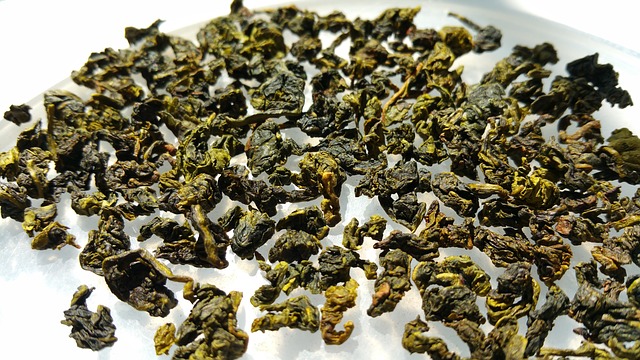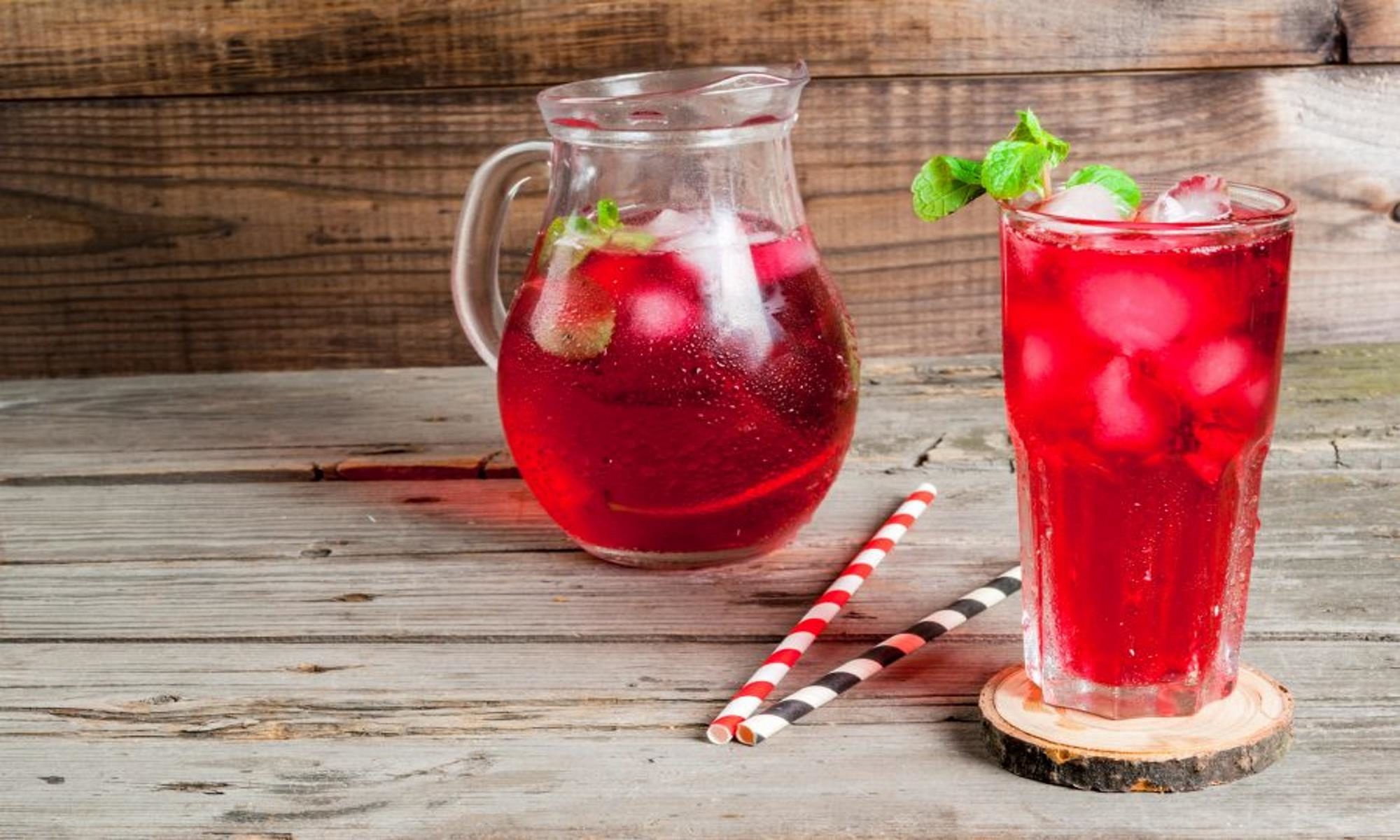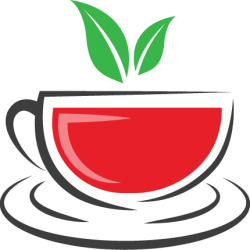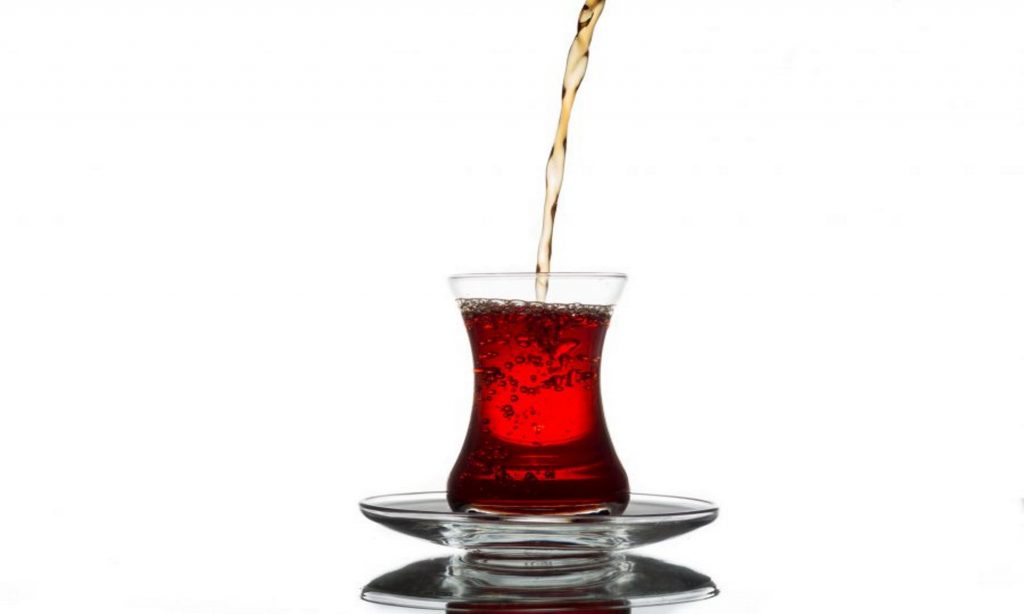
What is Wu long Tea?
The Wu long (also referred to as oolong) family of teas is characterized by a partial oxidation process that is controllable by varying degrees of heat. Wu long tea has the benefits and taste of both Green Tea and the fully oxidized Black Tea.
Although a number of countries now produce Wu long tea, China is the largest and best known producer.
Since one of the characteristics of Wu long tea is partial oxidation, Wu long teas offer a wide variety of flavors depending on the degree of oxidation. Oxidation is the key element in the definition of tea since all teas come from the Camellia Sinensis plant.
Wu Long Tea is a semi-oxidized tea, occupying the middle ground between Green and Black teas. Combining the best qualities of Green tea and Black tea, Wu Long Tea is not only as clear and fragrant as Green Tea, but also as fresh and strong as Black Tea. If you drink Wu Long Tea, the natural aroma may linger in your mouth and make your throat comfortable.

Wu Long Tea is helpful in anti aging, bringing high blood pressure down, improving the immune system, and controlling cholesterol. Wu Long Tea can help you digest food, refresh yourself and return to sobriety. It is also helpful in prolonging your lifespan.
Chinese Wu long Teas also differ somewhat from other teas as regards the Chinese manufacturing process. Whole leaf Wu longs are often partially manufactured in private homes before final finishing and blending in larger factories. Although consolidation of the industry has resulted in concentration of the business in larger firms a cottage industry still exists in the Chinese production of Wu long Tea.
In China, high quality Wu long Tea came from three traditional tea producing areas: Northern Guangdong (The Phoenix line), Southern Fujian (the Teguanyian line) and Western Fujian (the Wuyi line). Taiwan and India are also producers of fine Wu long tea.
Fine Wu long teas are very popular with tea drinkers and connoisseurs all over the world for their broad spectrum of taste offerings and for their ease of infusion. In the tea producer areas of China and in Hong Kong and Taiwan (all places where tea drinkers take the tea ceremony seriously) Wu long sets the standard for a quality tea experience,
Benefits of Drinking Wu Long tea
o Benefit of Good taste
The bottom line for any tea drinker is the taste of the tea and the feeling of wellness and serenity drinking the tea provides. Wu long Tea is provides a smooth subtle taste that encourages the serene feeling of wellness that quality tea provides.
Wu long Tea has an additional advantage in that it has a broad spectrum of oxidation and this provides a variety of tastes that the tea drinker can enjoy. Some Wu longs fare lighter in flavor based upon only slight oxidation and some are more robust depending upon greater amounts of oxidation.
When you combine the quality of Wu long Tea with taste variety the benefit is a tea that appeals to a large number of tea drinkers.
o Benefit of a Sense of Well Being
Tea provides one benefit to drinkers that no other beverage can produce.
That feeling is a sense of well being and serenity that is naturally produced. Compared to coffee or soft drinks that contain significant levels of caffeine, sugars and other chemical substances, tea creates a drink that calms and soothes the drinker. Tea is ideal to start and end a busy day.
It is an interesting fact that most of the best spas in the country rely on tea as the chosen beverage.
o Benefit of Weight Loss
Due to a combination of light caffeine , anti-oxidants and polyphenols, Wu long Tea Increases energy expenditure by 10% and it accelerates metabolism required to loose weight. Wu long Tea also regulates blood sugar levels for diabetics. The tea burns 2.5 times more calories than Green Tea and is ideal for weight loss.
Drinking Wu long Tea reduces plaque in the arteries, lowers cholesterol and produces slimming effects. It also stimulates fat reduction because the polyphenols in Wu-Long tea is effective in controlling body fat. It activates the enzyme that is responsible for dissolving triglyceride.
Wu long tea eliminates the fattening effects of carbohydrates: Eating too many carbohydrates causes weight gain by increasing insulin levels. Wu long Tea can suppress lipid metabolism which has the effect of suppressing fatty accumulation and body weight increases.
o Benefit of Improved Health
Health-promoting compounds such as polyphenols and catechins are present in all types of tea, but hand picked Wu long Tea is the best source. This means that the tea drinker can maintain a healthy lifestyle with every cup.
Free radicals are damaging substances in your body. Wu Long Tea contains high amounts of anti-oxidants that reduce effect of free radicals and. helps reverse signs of aging.
Wu long Tea also helps strengthen your Immune system. Wu-Long Tea drinkers were found to have a stronger immune system and a significantly lower risk for infections such as the common cold.
o Benefit of Quality
High quality Wu long Teas generally contain only the highest quality pluckings from such tea growing areas like the high mountain grown tea leaves grown in the famous Wuyi mountain range in China. The benefits to the tea drinker are good health and the feeling of well being only quality tea affords.
Loose leaf Wu long Tea is processed by the “orthodox” method – no fannings, dust, broken leaves or twigs often found in bagged tea are ever included in loose leaf Wu long Teas.
Some quality tea suppliers cup every imported shipment. Tea drinkers benefit from these suppliers because they are guaranteed consistency.
o Benefit of Value
Value is created by high quality at a good price. Understanding the cost per cup of loose leaf tea is important because loose leaf tea competes favorably in price with bagged tea.
When compared to tea bags the value of loose leaf tea is readily apparent. Bags use broken tea leaves, fannings and dust because they infuse quicker but sacrifice quality. In terms of cost, a significant portion of the tea bag product is involved in bagging the tea and providing packaging for the bagged product.
With loose leaf tea one gets the high quality of plucked leaves without the costs associated with bagging.
Jon M. Stout is the Chairman of the Golden Moon Tea Company. Golden Moon Tea carefully selects the finest rare and orthodox teas, which are processed slowly and handcrafted with extreme care. At their website, you can learn more about their current tea offerings, including their exceptional green tea [http://www.goldenmoontea.com/greentea/], white tea, black tea, oolong tea (also known as wu-long and wu long tea [http://www.goldenmoontea.com/wu-long/]) and chai. Visit goldenmoontea.com for all details concerning the Golden Moon Tea Company’s fine line of teas.
Article Source: https://EzineArticles.com/expert/Jon_Stout/29955
Article Source: http://EzineArticles.com/453757


